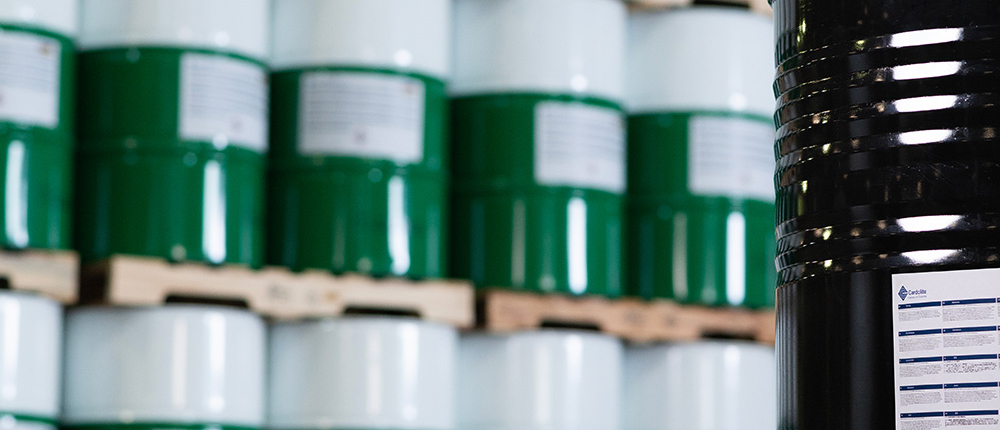The maximum performance of an epoxy system is reached only when the composite piece has been completely cured. In some industrial processes, like RTM (Resin Transfer Molding), the formulated system is usually warmed up before the injection into the heated mold, where the temperature is high enough to enable the rapid curing of the composite piece and its demolding in a few minutes. In many other applications, from vacuum infusion to DIY works, the composite parts is left at room temperature.
The evaluation of the curing stage of an epoxy resin or composite can be carried out with several methods, depending upon the available equipment. If a well-equipped quality control laboratory is available, the best way to evaluate the degree of curing is to use a DSC technique (Differential Scanning Calorimeter) to measure the Tg (glass transition temperature), which is a good proxy of the softening point of the cured epoxy. In many composites production facilities the degree of curing is inferred from the surface hardness of the piece, which can be measured by Barcol or Shore D testers. For DIY applications, when the mentioned equipment is not available, a simple method is the tactile assessment of the surface: when it is tack-free, the epoxy resin has reached an acceptable curing stage (although not optimum).
To evaluate if the mechanical, thermal and chemical properties of the composite piece are adequate for the specific application after room temperature curing only, the user can expose it to the real working conditions (mechanical loads, aggressive fluids, etc.) and verify its performances. In case of negative results, it is necessary to allow a longer curing time at room temperature or to consider a post-curing procedure.

